TurboExpress
Top 10 Best TurboExpress Games of All Time!
The TurboExpress (released in Japan as the PC Engine GT) was the Rolls-Royce of handheld gaming systems. While the Game Boy, Game Gear, and Lynx all had dedicated libraries developed specifically for the handheld market, the TurboExpress was essentially a portable TurboGrafx-16 that played the same HuCards that the console used. The system was considerably more powerful than any of its competitors, and it had an industry-leading LCD screen. It had an existing library of hundreds of games when it launched, but it ultimately failed to gain traction. Incidentally, its $250 price tag was too much for most people to swallow in 1990. We’ve already counted down the best TurboGrafx-16 games, but there are many reasons why the TurboExpress warrants a list of its own. The TurboExpress only had two buttons, for instance, so it wasn’t an appropriate platform for a game like Street Fighter II. Also, the 2.6″ screen could make text difficult (or even impossible) to read. As such, text-heavy genres like RPGs weren’t a great fit for the handheld. Games that emphasized multiplayer weren’t ideal either, since only a handful of titles supported the TurboLink accessory. Finally, it’s worth noting that the TurboExpress didn’t have any internal memory, so there was no way to save your progress in some games. The system could eat six AA batteries within a few hours, so it was literally impossible to play through some of the games if you didn’t have an AC adapter handy. Although the TurboGrafx-16 and TurboExpress played the same games, they provide different experiences. There is bound to be some overlap with our TurboGrafx-16 list, but this countdown is made with the handheld experience in mind.
10
New Adventure Island
1992
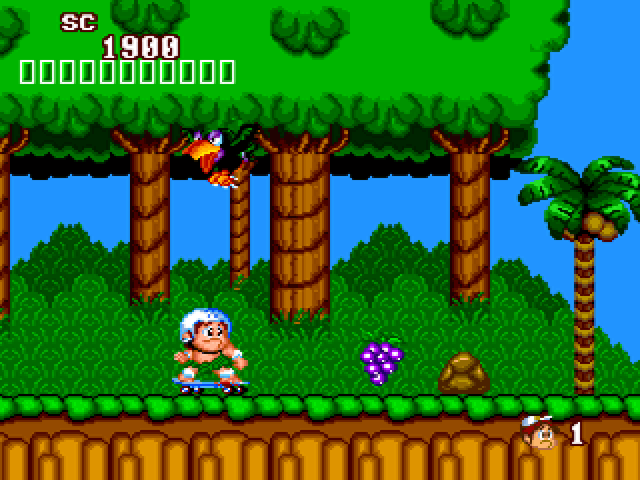
Adventure Island was a charming (albeit repetitive) platformer that was first released on the Famicom in 1986. The game was a reskinned version of Wonder Boy, and the gameplay mostly consisted of jumping over rocks and throwing axes at a variety of wild animals. The game also gave players the opportunity to let loose on a skateboard and forced them to eat an inordinate amount of fruit in order to keep their stamina up. Admittedly, there’s really not a lot “new” about New Adventure Island. Despite being released six years after the original game, New Adventure Island was based on the same formula that the original game used. That being said, the backgrounds were more detailed than they were on the NES and I adored Master Higgins’ new running animations. At its core, New Adventure Island was still built around the same running-and-jumping gameplay that its predecessor was known for. This is by no means a bad thing, though. After all, there is a reason why Adventure Island was so beloved in the first place. It’s not the flashiest or most innovative game in the world, but New Adventure Island is relentlessly challenging and features plenty of classic platforming action. The large, colorful sprites are easy to see on a small screen, and nothing gets lost in the background.
9
Splatterhouse
1990
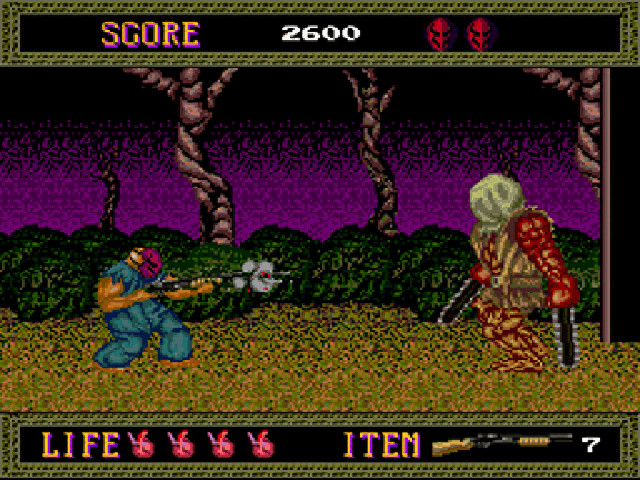
Namco’s Splatterhouse is one of gaming’s essential horror classics. Violence and gore were not commonplace when the original arcade game was released in 1988, and the home port was even more shocking in some regards. In fact, the box of the TurboGrafx-16 port had a tongue-in-cheek parental advisory indicating that the horrifying content was “inappropriate for young children… and cowards.” Splatterhouse is heavily inspired by slasher films and the works of H.P. Lovecraft, and Rick Taylor is basically a Jason Voorhees knockoff. You technically assume a heroic role in the game, but you’re arsenal of weapons is more in line with what you’d expect a horror villain to use. Rick arms himself with everything from meat cleavers to harpoons, and you can tell he has superhuman strength by the way he swings those 2x4s. The game is filled with hideous monsters and environmental hazards, and it’s one of the most atmospheric beat ’em ups from its era. The play mechanics are fairly straightforward, and your movement is restricted to a single plane. Although Splatterhouse lacks the depth of Final Fight or Streets of Rage, it’s a visually compelling experience that delivers several unforgettable moments. There are many reasons why it’s a good fit for the TurboExpress. The characters are large, the pacing is deliberate, and you can easily play through the entire game without worrying about your batteries dying.
8
Nekketsu High School Dodge Ball Club
1990
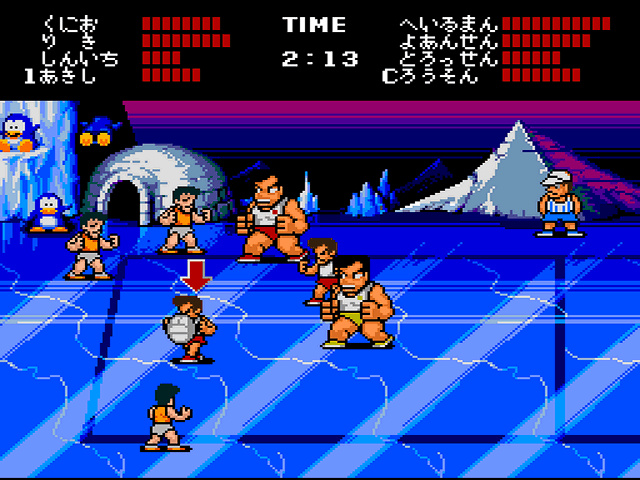
Nekketsu High School Dodge Ball Club is better-known as Super Dodge Ball in the West. Since the PC Engine version is based off of the original arcade game, it retains several elements that didn’t make it into the popular Famicom/NES port – including brief cinematic cutscenes and multiple character sizes. The game also took some cues from the NES port, however, and implemented individual life meters for each character in lieu of using a shared meter for the entire team. The basic play mechanics aren’t significantly different from one version to the next, though, and the game is still centered around two opposing dodge ball teams who are literally trying to kill each other with the ball. Players have the ability to throw, pass, or catch the ball, and they also have a handful of special throws at their disposal. As players progress through the game, they’ll challenge teams from all over the world and play in a variety of exotic locations. The different environments can have profound effects on how the game is played. The slippery surface in Iceland makes it hard to get traction, for example, while the dirt fields in Africa make it difficult to move at all. The PC Engine version also features a special stage that lets players test their dodge ball skills on the moon! As if this weren’t awesome enough already, Superman himself will fly in and award players with a trophy if they are able to clear this special stage! It doesn’t get much more random than that. The game moves at a perfect pace for the TurboExpress, and the graphics are easy to make out on the small screen. The only reason it’s not being rated higher is because the multiplayer component isn’t supported on the TurboExpress.
7
Air Zonk
1992
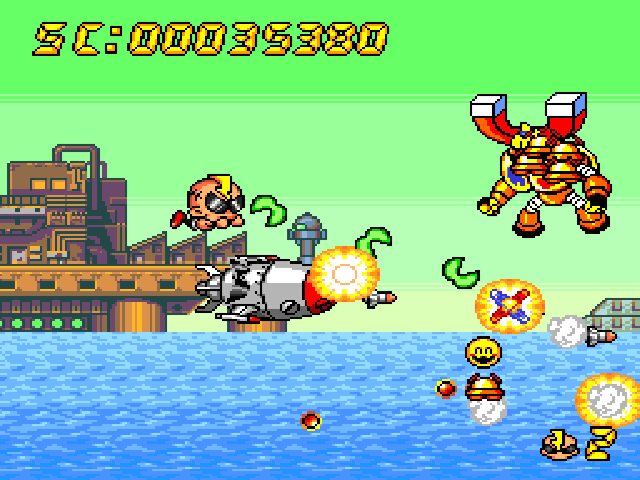
Several fantastic shoot ’em ups were recognized on our TurboGrafx-16 countdown, but the genre loses its luster on the TurboExpress. Although the system wasn’t as susceptible to “ghosting” as any of the other handhelds from the era, it can still be difficult to see small projectiles on a tiny screen. I’m okay with an intense experience when I’m playing on a television, but the TurboExpress is a different animal altogether. With that said, Air Zonk is a great fit for the handheld. The whimsical “cute ’em up” features large sprites and vibrant colors, and the projectiles in the game are as large as the enemy ships from typical shooters. The game still throws waves of enemies at you, of course, but there’s rarely more than a few of them on screen at any given time. The best thing about Air Zonk is its outlandish sense of humor. This is reflected in everything from the boss battles to the power-ups. Each stage lets you recruit a companion ship, and this is where the game falls off the rails in the most spectacular way. During the game, you’ll enlist help from an anthropomorphic gumball machine, a flying cow, and a mummy with a drill-for-a-head. You can also combine your powers with these companions to unlock all sorts of unusual attacks. If you join up with your cow companion, for example, you can attack your enemies with milk! (Zonk uses milk bottles in the American version, but he had proper cow tits in the Japanese release.) Air Zonk is one of the most creative shoot ’em ups on the TurboGrafx, and the soundtrack is almost as awesome as Zonk’s shades are!
6
Bonk’s Revenge
1991
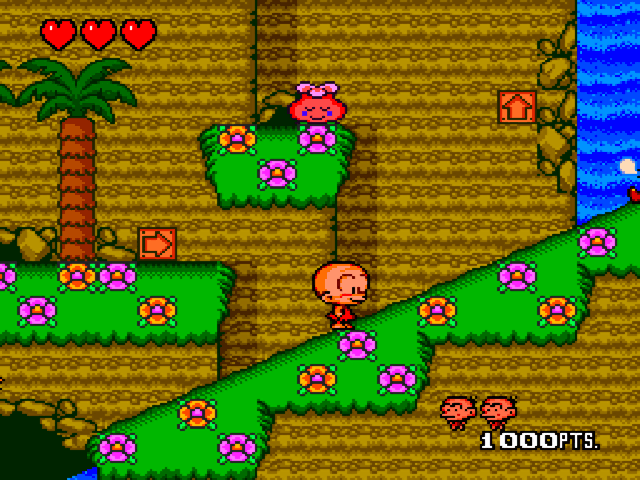
Hudson Soft’s Bonk games are a perfect fit for the TurboExpress. They jaunty 2D platformers feature large sprites and bright colors, and the games are relatively slow paced. Also, the thick black outlines make everything easy to see on the small screen. The Bonk games are standard hop-and-bop platformers for the most part, but one of the things that made them unique was the ability to hover through the air by rapidly tapping the jump button. This crucial maneuver can be easily achieved with an auto-fire function, so it’s fortunate that the TurboExpress features the same auto-fire switches as the standard TurboGrafx gamepads. Bonk’s Adventure was something of a killer app for the TurboGrafx-16, and it was prominently featured in the TurboExpress marketing materials. Bonk’s Revenge was a little more livelier than its predecessor, however, and the stages were more varied. Throughout the game you’ll swim up waterfalls, swing around tree branches with your teeth, and explore active volcanos. You’ll also bonk a bunch of dinosaurs with your invincible noggin, but that pretty much goes without saying. Bonk’s Revenge isn’t an especially long game, so you’ll be able to play through the entire adventure on a single set of batteries.
5
Military Madness
1989
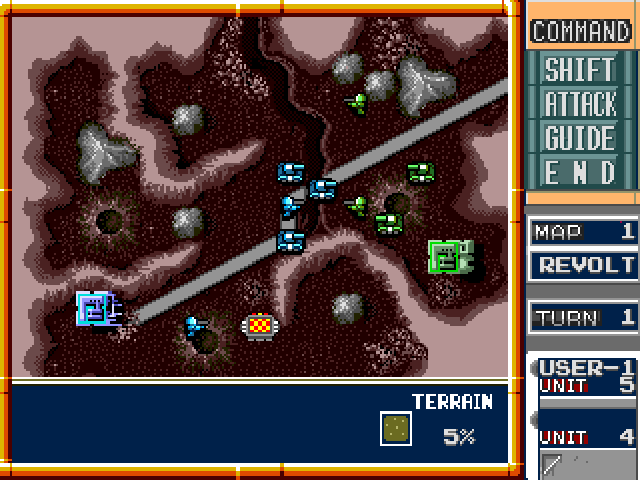
Military Madness is an outstanding turn-based strategy game played on a hexagonal map. The goal of each stage is to either capture the enemy base or simply destroy all of the enemy units. To that end, you’ll command an assortment of soldiers, tanks, aircrafts, and various transport vehicles. The terrain affects the defensive abilities of each unit, and it also has an impact on how far each unit can move during a given turn. Although units can be restored in factories, they will gain experience for each battle they survive. Military Madness allows for many strategic possibilities, and it constantly rewards the player for making smart decisions. There are a lot of variables to consider, but the game does a great job of introducing new play mechanics. Turn-based games are well-suited for handhelds, and they’re ideal for bus rides or any other situation where you’re being jostled around. There is one caveat when it comes to Military Madness on the TurboExpress, however. There’s quite a bit of text, and that’s something of an Achilles’ heel on the small screen. The game has a built-in “manual” mode that explains the rules in extreme detail, and there are also comprehensive write-ups for all of the weapons you acquire. The text isn’t illegible, but you might have to squint. Fortunately, you won’t have to do a lot of reading if you’re already familiar with the game. Military Madness is a numbers game at its core, and the numbers are easy to see.
4
Ninja Spirit
1990
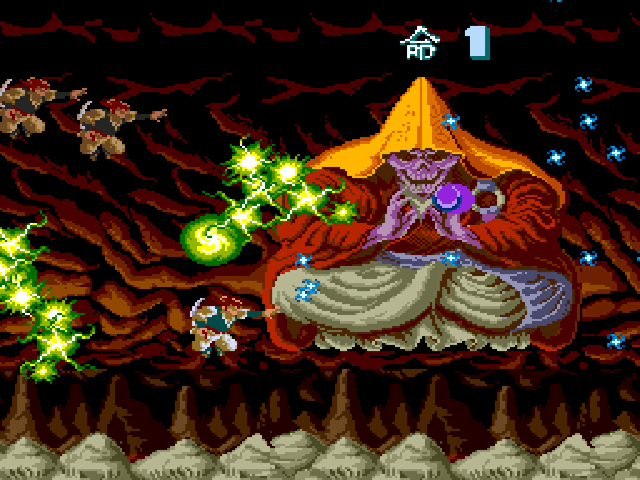
Anyone who grew up in the late ’80s or early ’90s can attest to the fact that ninjas were the coolest thing ever. They were a staple of cinema and comic books, and seemingly every second game featured ninjas in some capacity. Nintendo fans had Ninja Gaiden, Sega fans had Shinobi, and Atari fans had… Ninja Golf? There were many ninja games on the TurboGrafx, but Irem’s Ninja Spirit was easily the best of the bunch. The side-scrolling action game feels like a souped-up version of Kung-Fu Master in many regards, and it pits players against endless waves of enemies that approach from all sides. Fortunately, you’ll be armed with an assortment of weapons ranging from shurikens to chain-sickles. You’ll be able to target enemies regardless of where they are on the screen, and the “floaty” jumps allow for unprecedented levels of air-control. You’ll be pulling off moves that would never be possible in other ninja games, and your offensive capabilities will be increased even further any time you have shadow clones fighting by your side. Ninja Spirit was one of the greatest arcade games of the 1980s, and the TurboGrafx version was a near perfect port. It also works great as a handheld game. Although the enemies are relentless, they’re always easy to see. This is especially true of the bosses, since some of them fill up the entire screen! Ninja Spirit is short enough to finish during your lunch break, but it’s a fun game to go back to even after you’ve mastered it.
3
Dragon’s Curse
1990
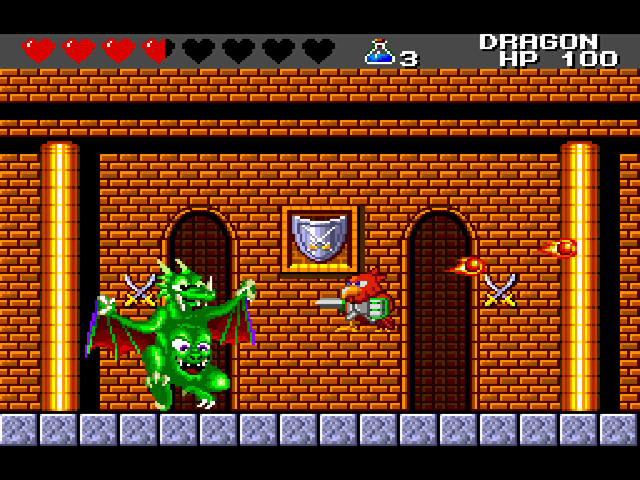
Much in the same way that Adventure Island was a clone of the original Wonder Boy, Dragon’s Curse is a reskinned version of Wonder Boy III: The Dragon’s Trap. NEC and Hudson Soft licensed the game from Westone, but certain details had to be changed since Sega owned the Wonder Boy trademark. The title was changed and Wonder Boy was replaced with some dipshit named Hu-Man, but it was otherwise the same game underneath with slightly improved visuals. The Dragon’s Trap was recognized on this site as the greatest Master System game of all time, and it was arguably the best Metroidvania-style game of the 8-bit era. The game gave players a huge world to explore, and you gained all sorts of interesting abilities during your adventure. In lieu of new weapons or magic spells, the gimmick revolved around various animal transformations. The mouse form allowed you to climb up walls, the piranha could swim underwater, and hawk man could obviously fly. (There was also a fire-breathing lizard and a sword-wielding tiger!) One of the big downsides to the TurboExpress was that it didn’t have any internal memory. Some HuCards saved games onto the TurboGrafx-16’s internal memory, and this made the TurboExpress an inappropriate platform for RPGs that used this type of save system. Fortunately, Dragon’s Curse featured a password system in addition to its standard save slots. Needless to say, it’s nice to be able to play through the game without feeling like you’re racing against the clock.
2
Bomberman ’93
1992
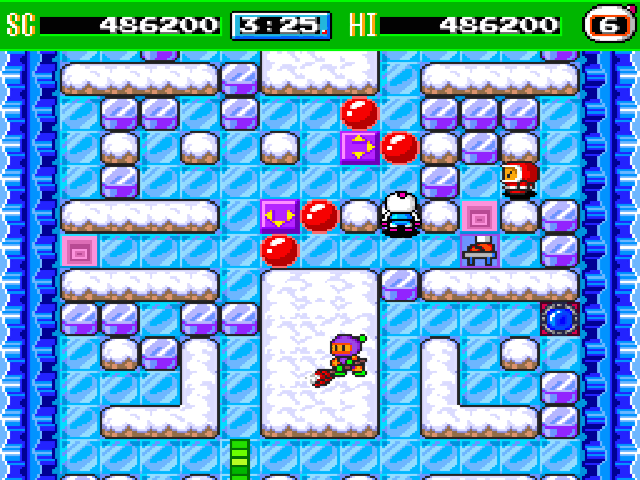
Bomberman ’93 was the second Bomberman title released for the TurboGrafx, and it was a significant improvement over its predecessor even though it had the same art style and premise. Like most games in the series, the object is to navigate through various mazes while blowing up enemies and obstacles. You’ll likely blow yourself up as well, but that goes with the territory. The game’s single-player mode is surprisingly long, and it features over fifty stages across seven unique worlds. The layouts are fairly simplistic, but gadgets like conveyer belts and teleporters keep things interesting. Although there aren’t nearly as many power-ups as some of the later games, Bomberman ’93 was the first game that allowed players to kick bombs. This was a meaningful addition to the series, and it allowed for all sorts of new strategies. Bomberman ’94 introduced even more ideas and was a better game overall, but there’s a big reason why Bomberman ’93 is being recognized on this list instead. The main draw of the Bomberman series is its multiplayer component, and the TurboExpress didn’t give players a lot of options in this regard. Bomberman ’93 was one of the only games to use the TurboLink peripheral. The Com-Link mode only supports two players, however, so it’s not quite as intense as the five-player battles that you’d get on the console. Finding five people with a TurboExpress would have been a fool’s errand, so the two-player mode is more than adequate for most people. Bomberman isn’t Bomberman without the multiplayer antics, and that’s why Bomberman ’93 is being recognized instead of its sequel.
1
Devil’s Crush
1990
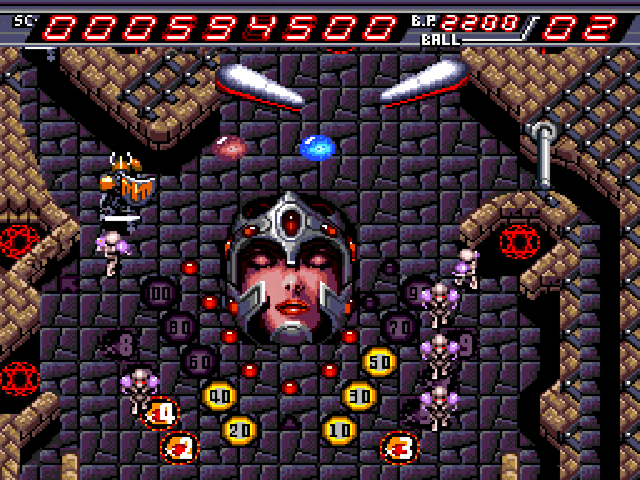
Devil’s Crush is a pinball game that doesn’t act like a pinball game. On a typical pinball table, you might expect to see bumpers, spinners, and an assortment of other static components. In Devil’s Crush, however, the table is crawling with gothic creatures that can move around freely. Actual pinball tables let players direct the ball onto ramps or through special gates, but Devil’s Crush turns the pinball into a weapon! Attacking wandering skeletons is a lot more fun than hitting lifeless pinball components, and the moving targets give you a lot of ways to keep the ball in circulation without relying too heavily on the flippers. The table is three screens tall, and it’s more interactive than you might imagine. You can break away walls to reveal new paths, for instance, and decorative skulls will howl in delight when you lose a ball. You can also be whisked away to bonus levels that shift the focus away from the main table, and these stages could be likened to boss fights in many ways. I can’t say enough good things about the art direction or the spooky soundtrack, and the replay value is through the roof. Some of the finer details might be lost on the small screen, but Devil’s Crush is ideal for the TurboExpress since it’s so easy to pick up and play. Whether you have a few minutes or several hours, you can likely squeeze some enjoyment out of the game.

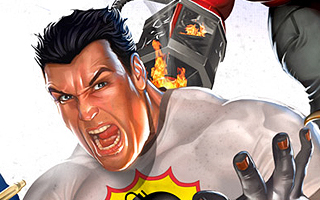
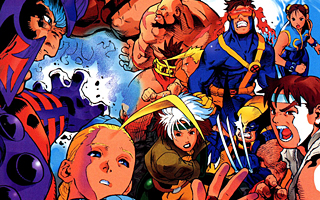
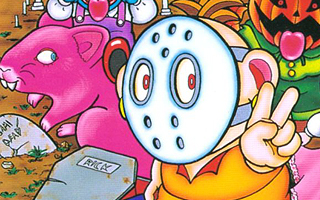
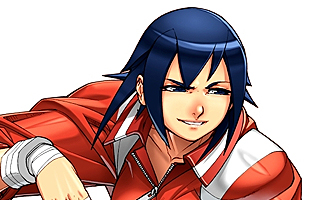
Do you agree with this list? Let us know what you think by leaving a comment below. Your opinion matters!